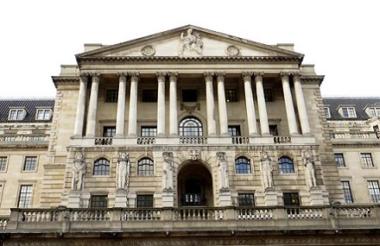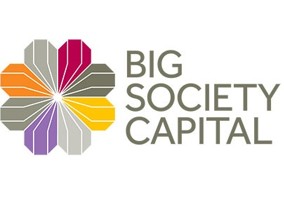Investment experts have said the Bank of England’s decision to raise interest rates for the first time in a decade could offer a boost to charities with cash reserves.
Yesterday, Threadneedle Street raised the official bank rate from 0.25 per cent back to 0.5 per cent, the rate it had been at from March 2009 to August 2016.
The new rate remains far below inflation, currently 3 per cent, and is way under the over 5 per cent rate in place before the 2008 financial crash.
But Mark Carney, governor of the Bank of England, said the bank expects to raise rates twice more by 2020.
Sector investment experts have said this small rise is good news for charities with cash reserves, but could be bad news for organisations hoping to borrow money.
Andrew Pitt, head of charities – London at Rathbones, said: “Charities holding cash on deposit stand to benefit although it remains to be seen whether the full 0.25 per cent increase will be passed on by the high street banks.
“On the other side of the fence, a rise in rates is clearly bad news for borrowers and it is not difficult to imagine that there will be some individuals that will find the extra interest they will now be paying a real stretch, in spite of the fact that overall debt servicing costs as a percentage of income for UK households generally remain low. This may lead to increased demands on charities.”
Richard Maitland, head of charities at Sarasin, similarly said the rise would bring a “small but welcome increase in income from charities’ cash deposits”.
He added: “This could mark the start of a move to time when interest rates will appeal to savers more than borrowers….but we are some time off that inflection point.”
But others were keen to point out that cash reserves are still likely to produce lower returns than other forms of investment due to the base rate remaining lower than inflation.
Kate Rogers, head of policy and co-manager - charity multi-asset fund at Cazenove, said: “Although this is positive for charities with cash reserves, interest rates are still well below the current rate of inflation.
“Even with further gradual increases in interest rates over the coming years, it is likely that cash will continue to deliver a negative real return for the foreseeable future.”
Heather Lamont, client investment director at CCLA, said: “You’re still going to favour real economic assets like equities and property over the very unappetising cash and bond markets.”
See in Charity Finance
Meanwhile, Andrew O’Brien, director of policy and engagement at Charity Finance Group, urged the sector to prepare for the wider effects of rate rises in the next few years.
He said: “The rate rise is good news for charities with cash in the bank, which have been struggling in recent years, but for those that are seeking to get investment or mortgages to purchase property, this rate rise will make things more challenging.
“Higher inflation is already creating challenges for households, and an interest rate rise will not help many, charities will need to consider not just investment income but how this will impact their other income streams.”
Related articles












